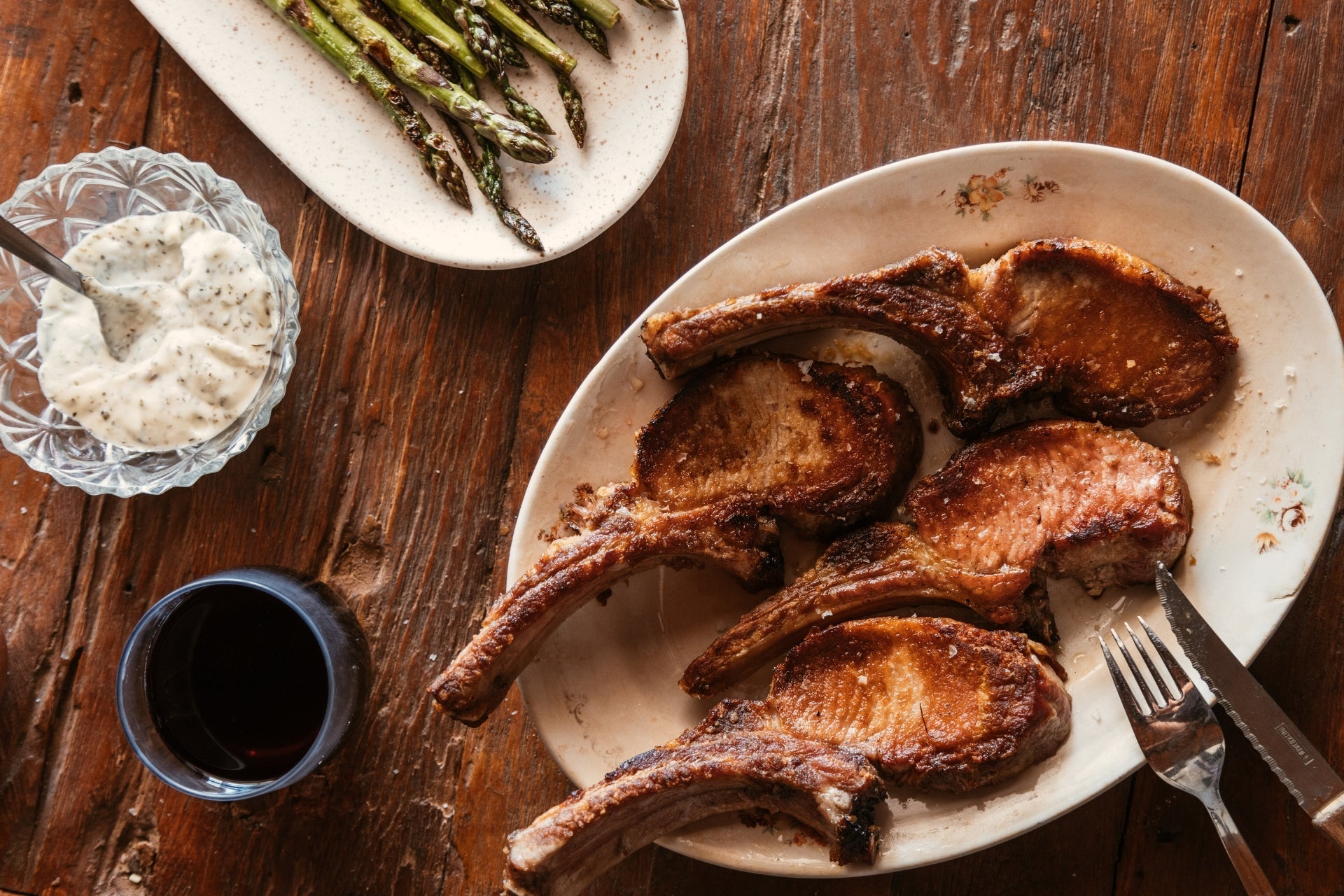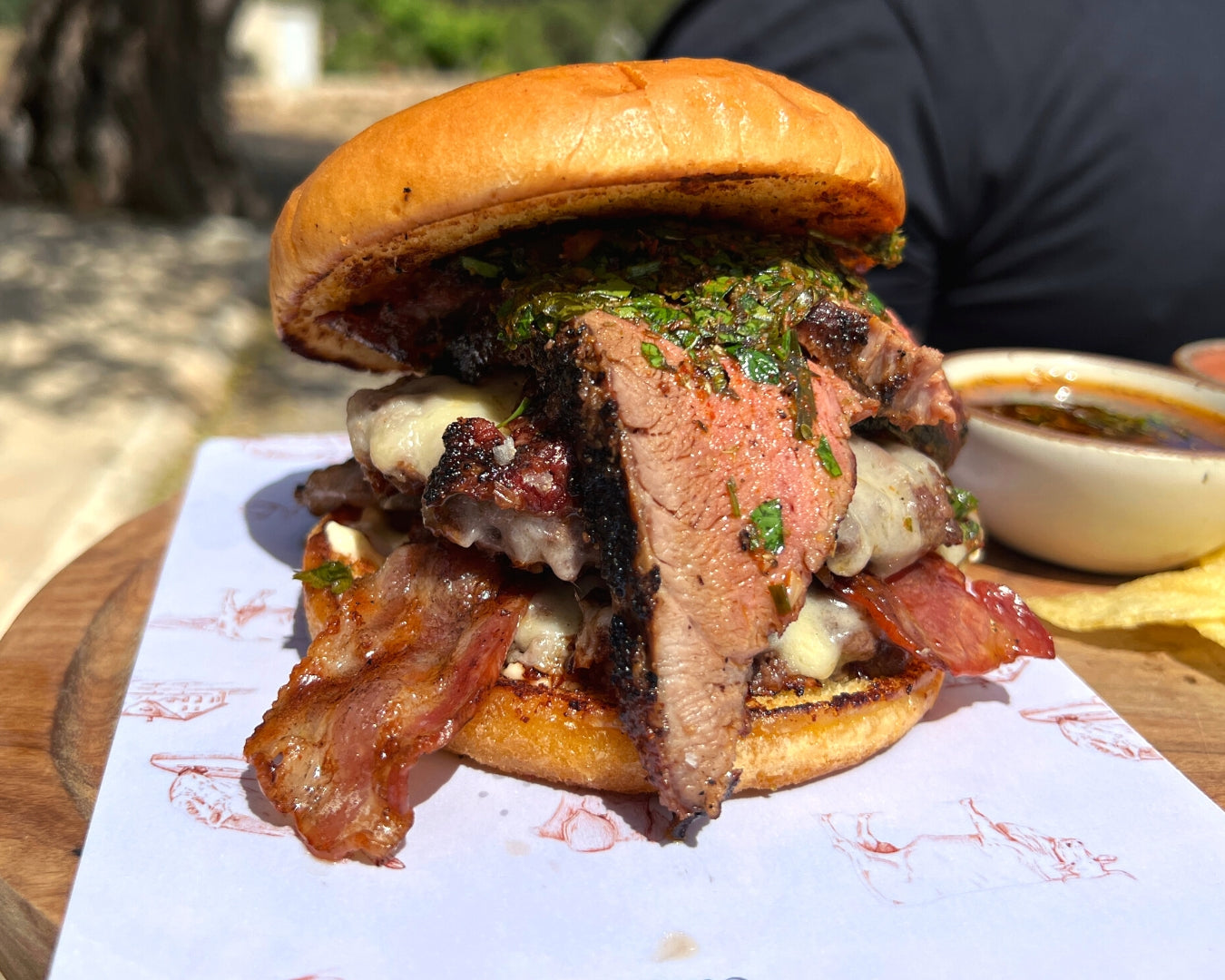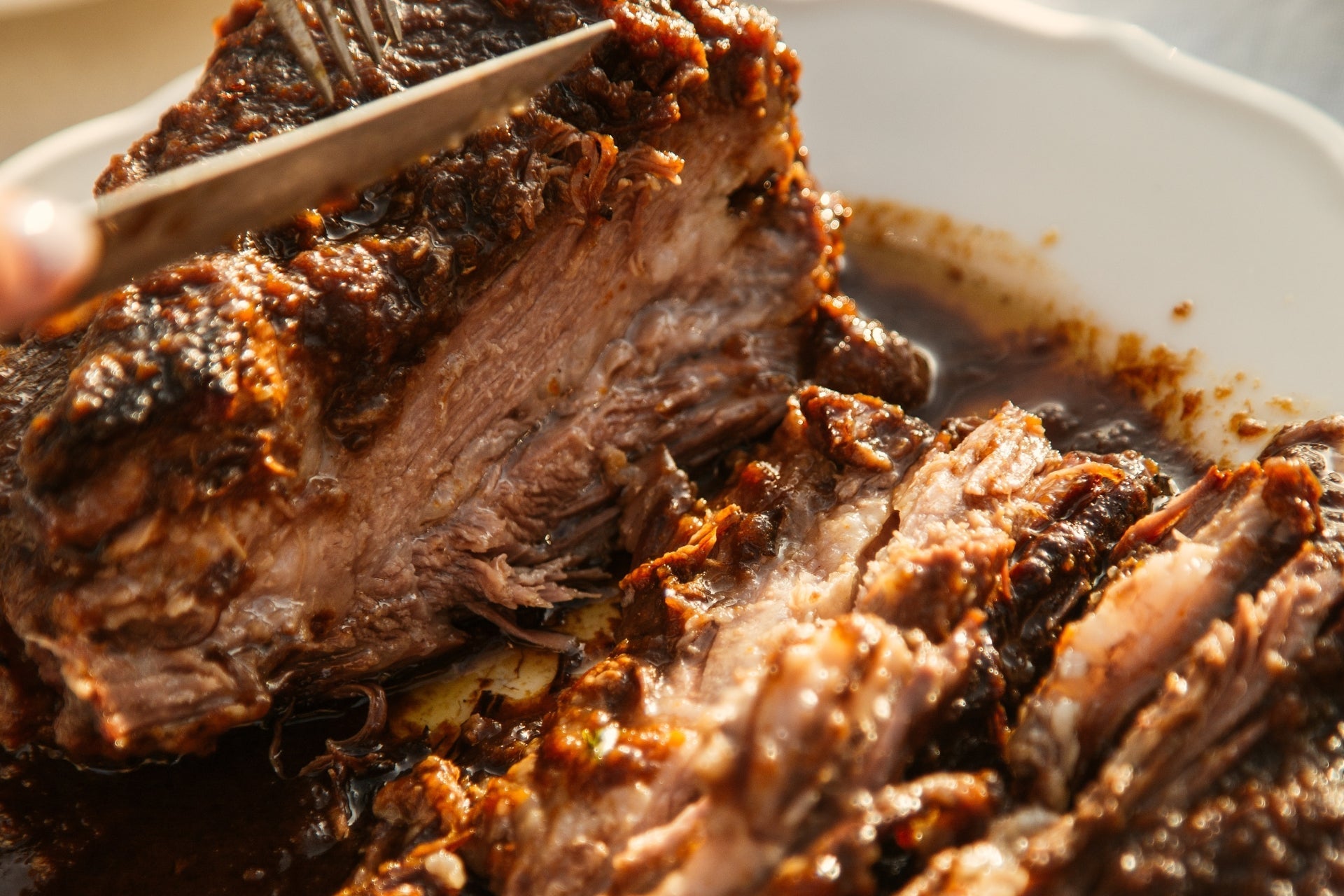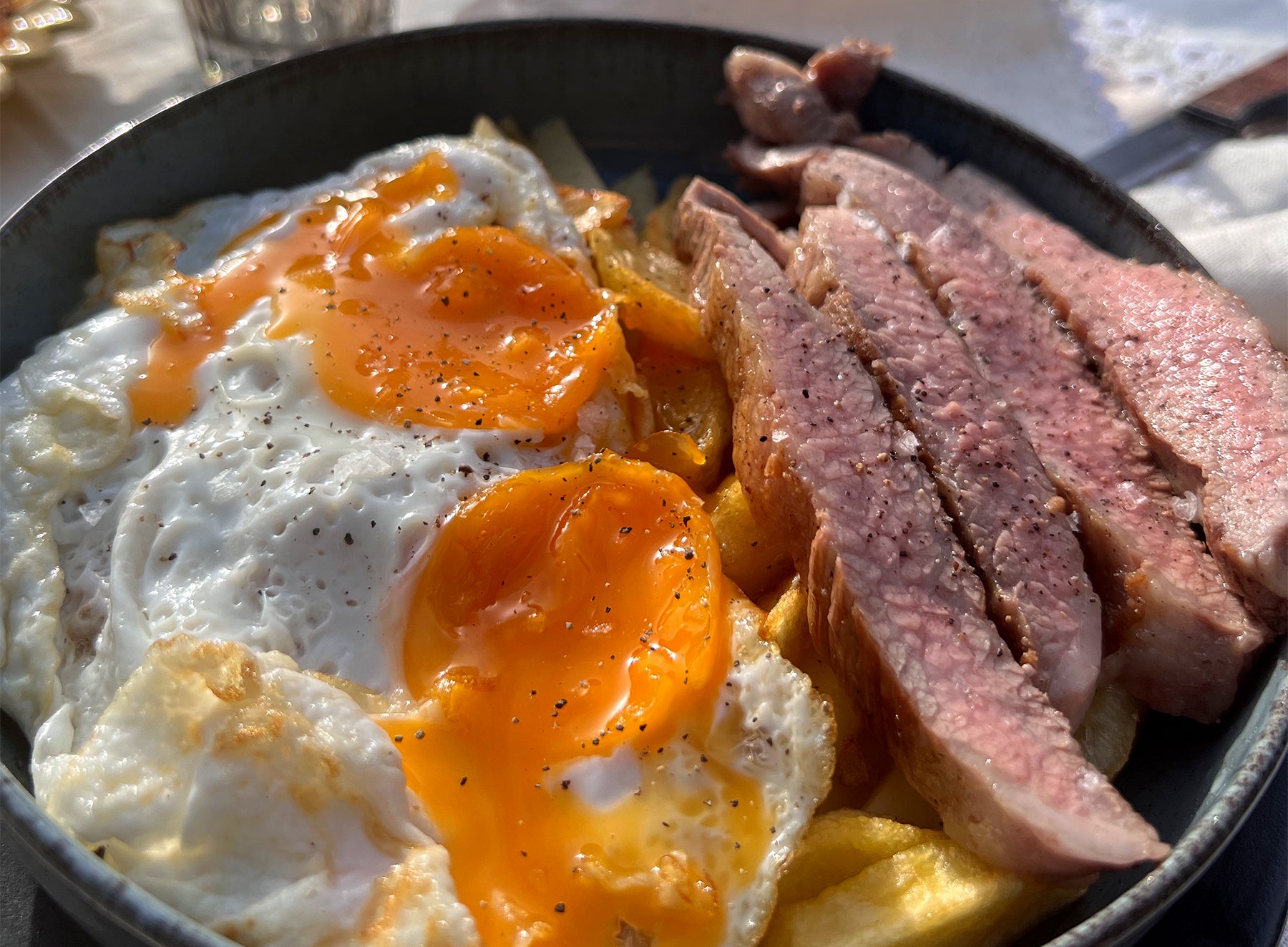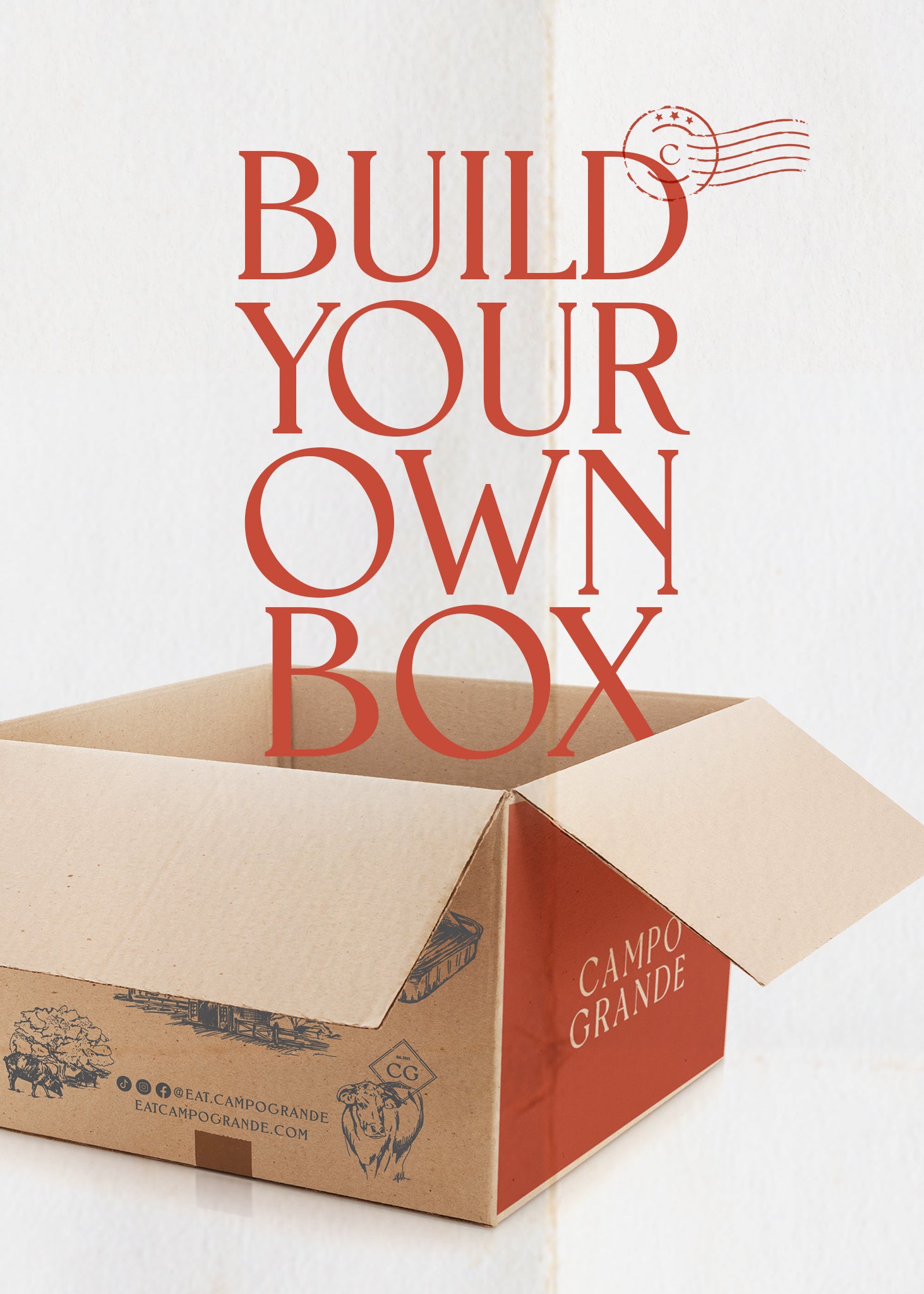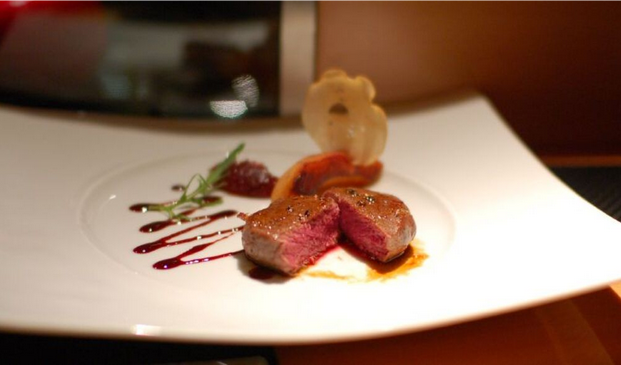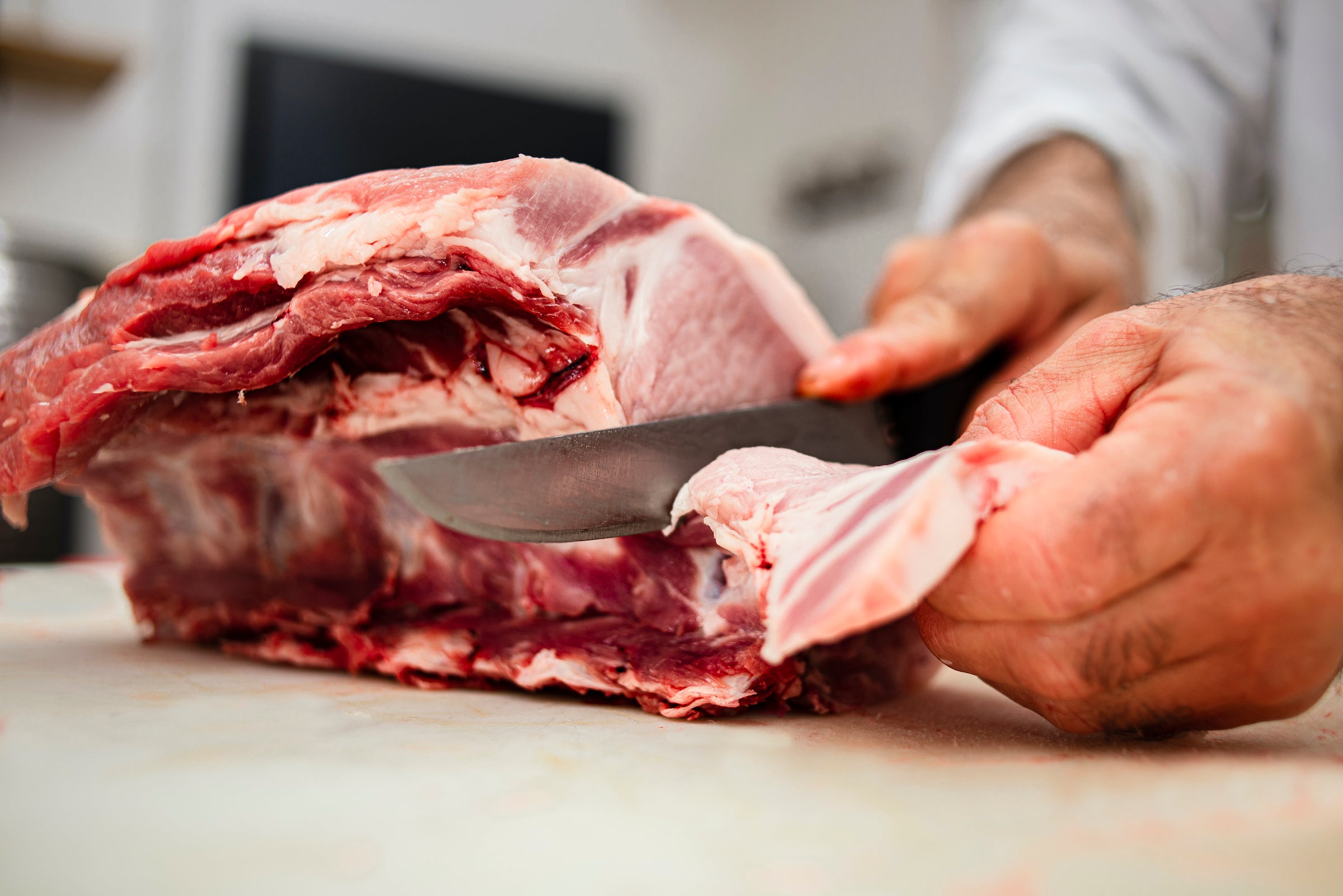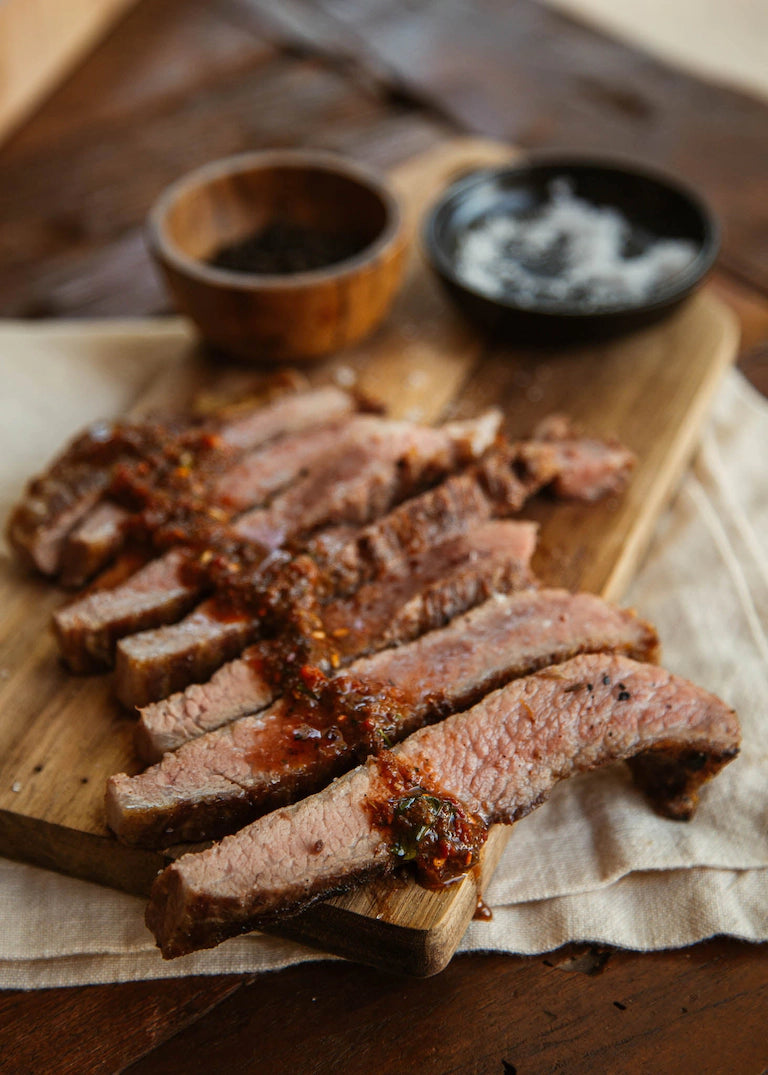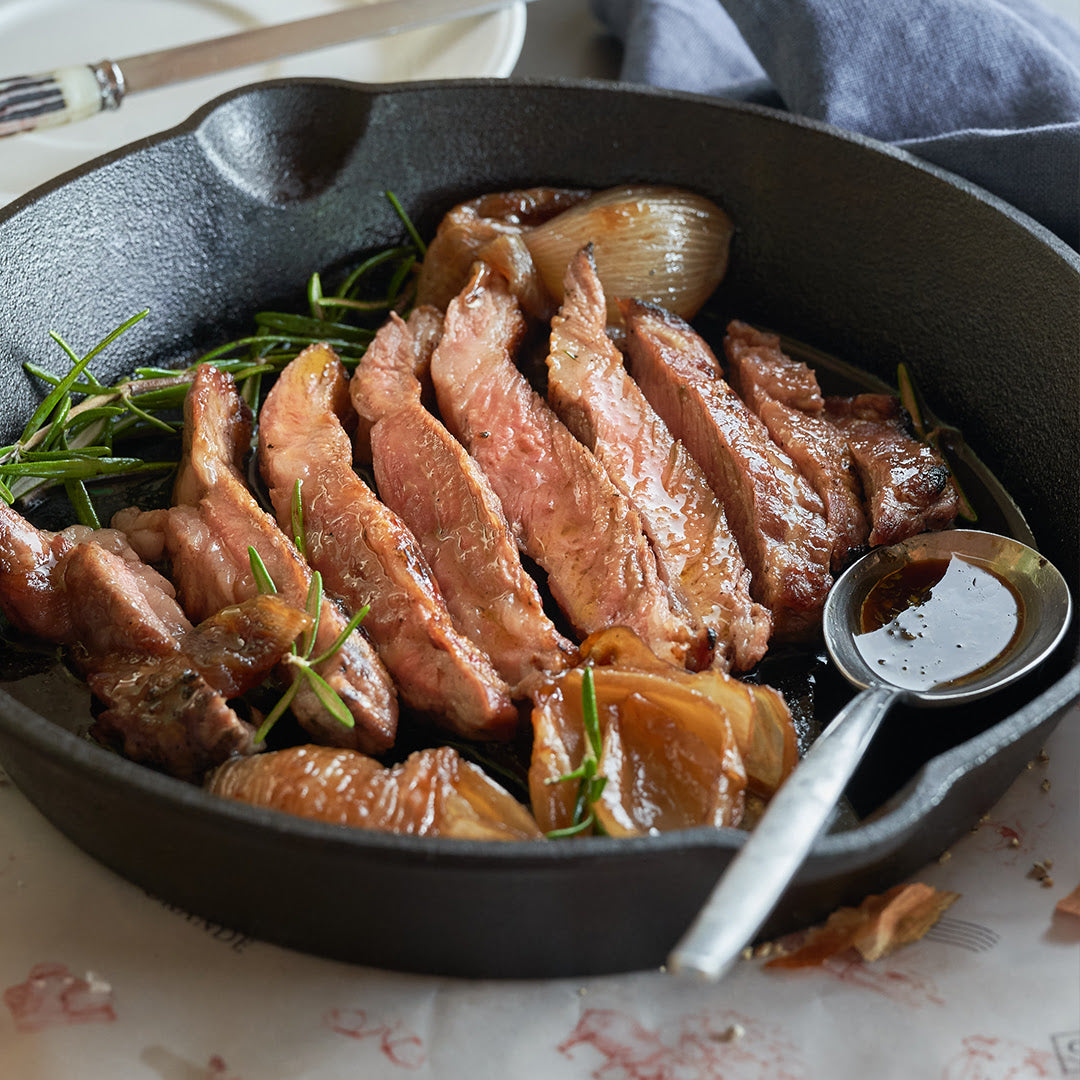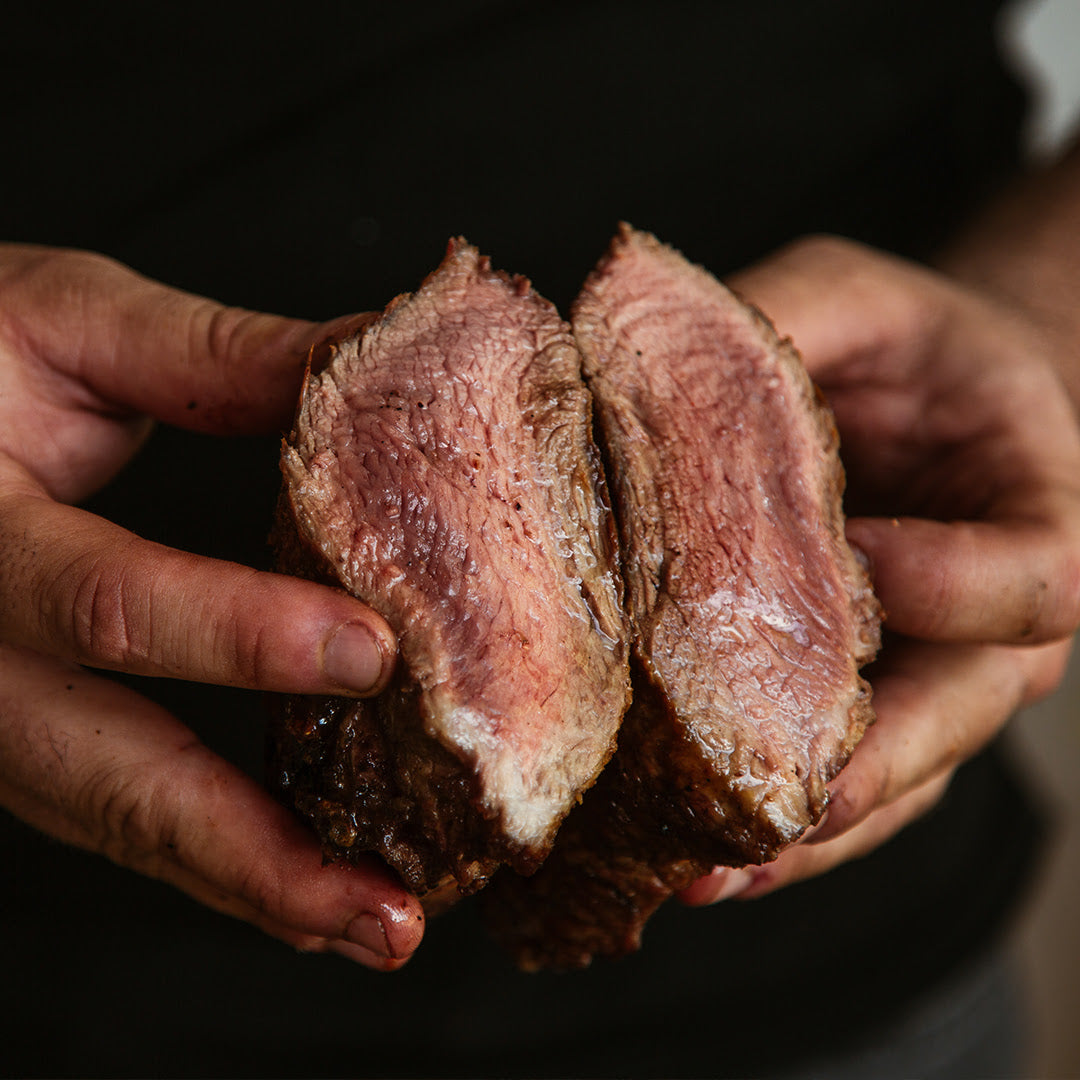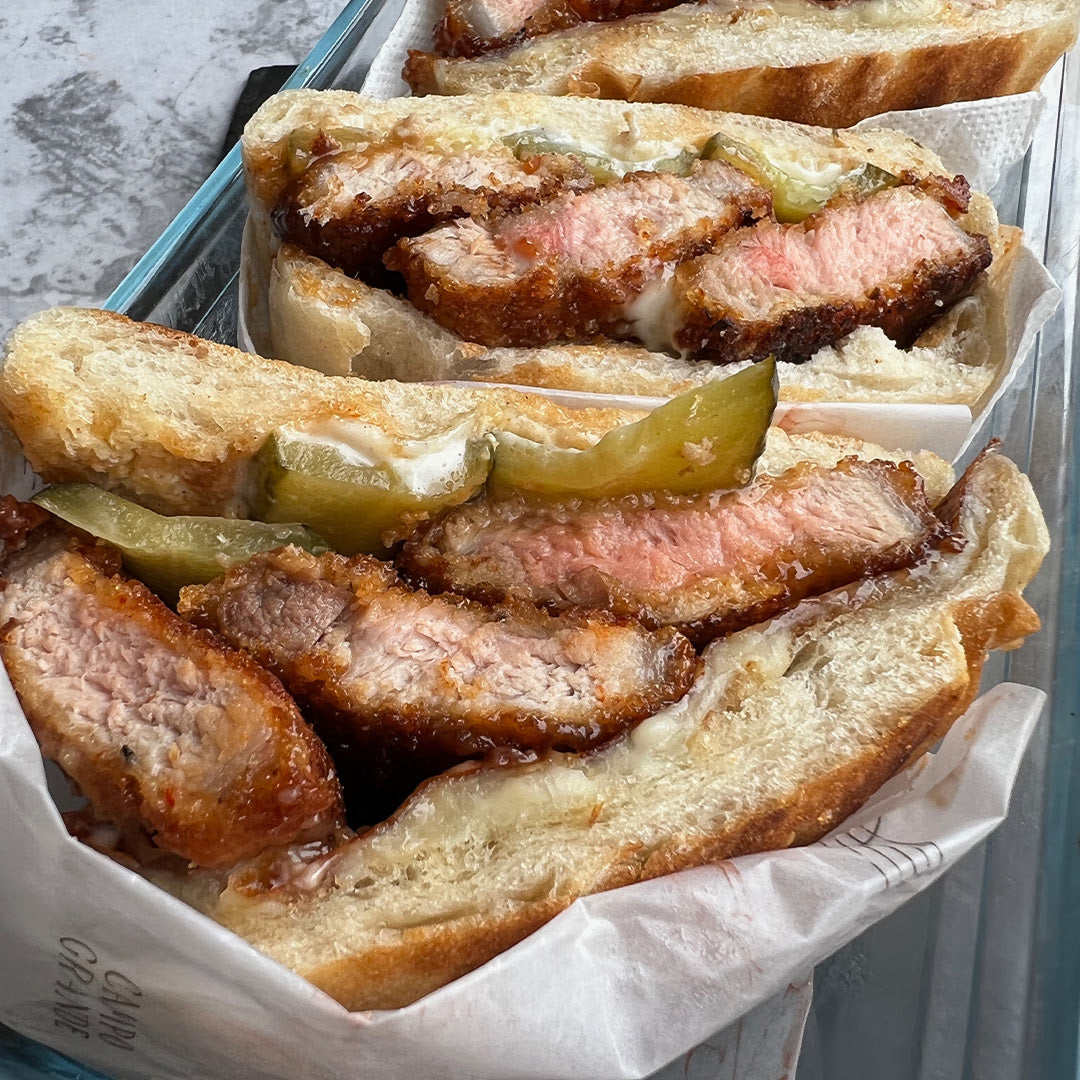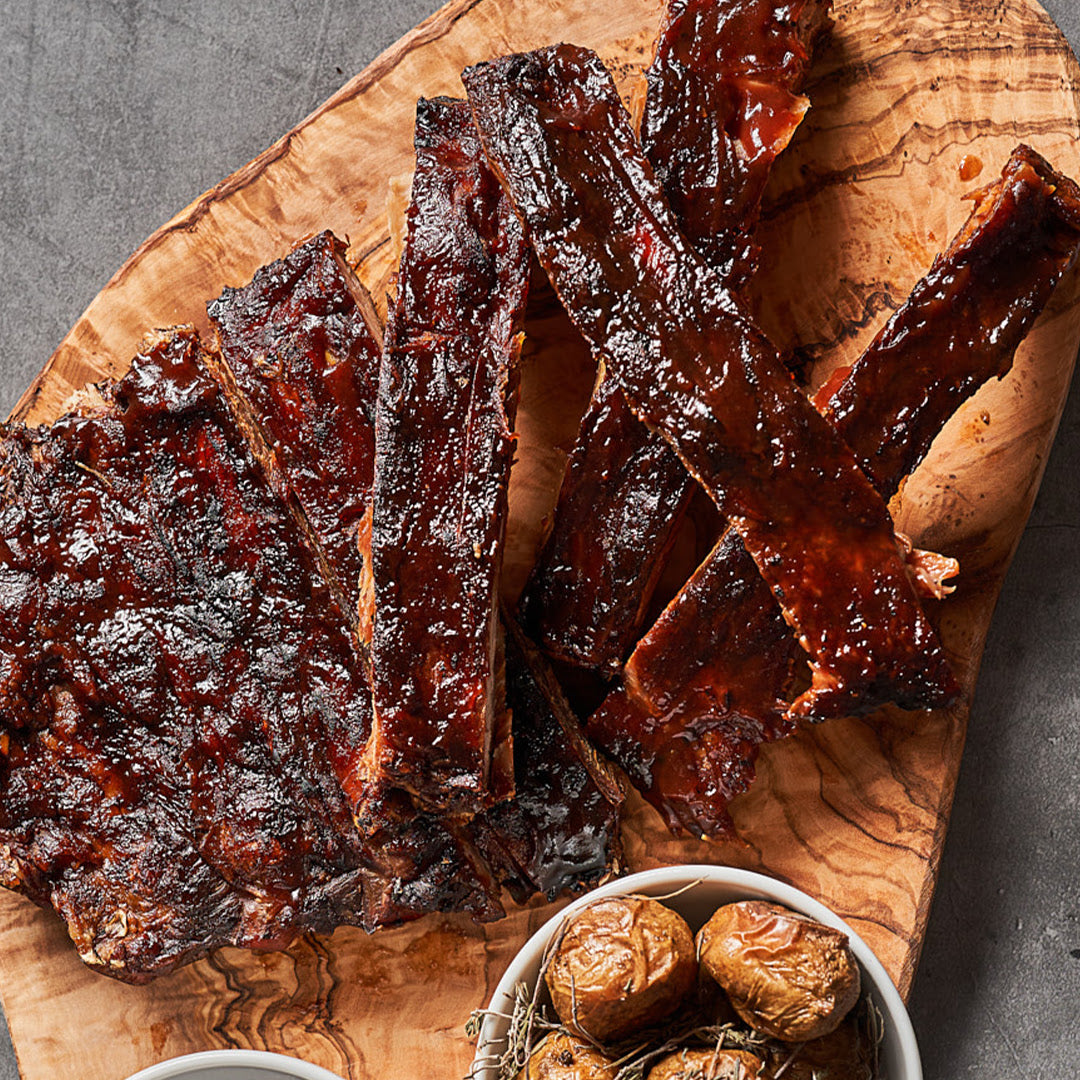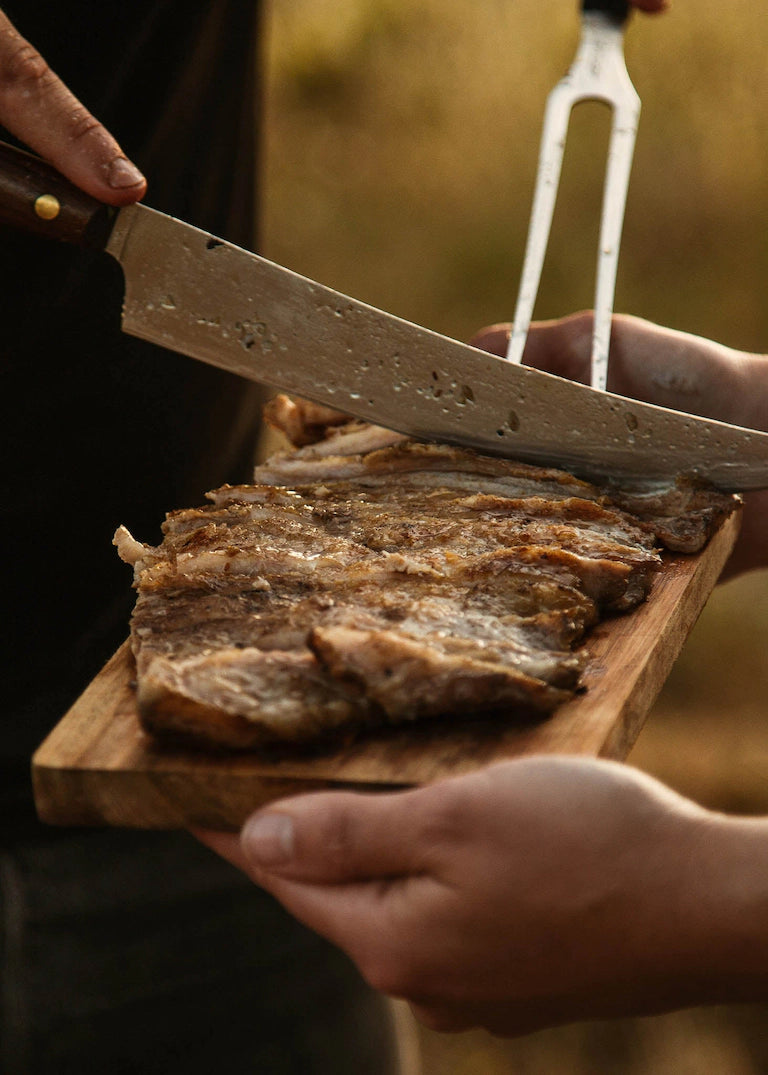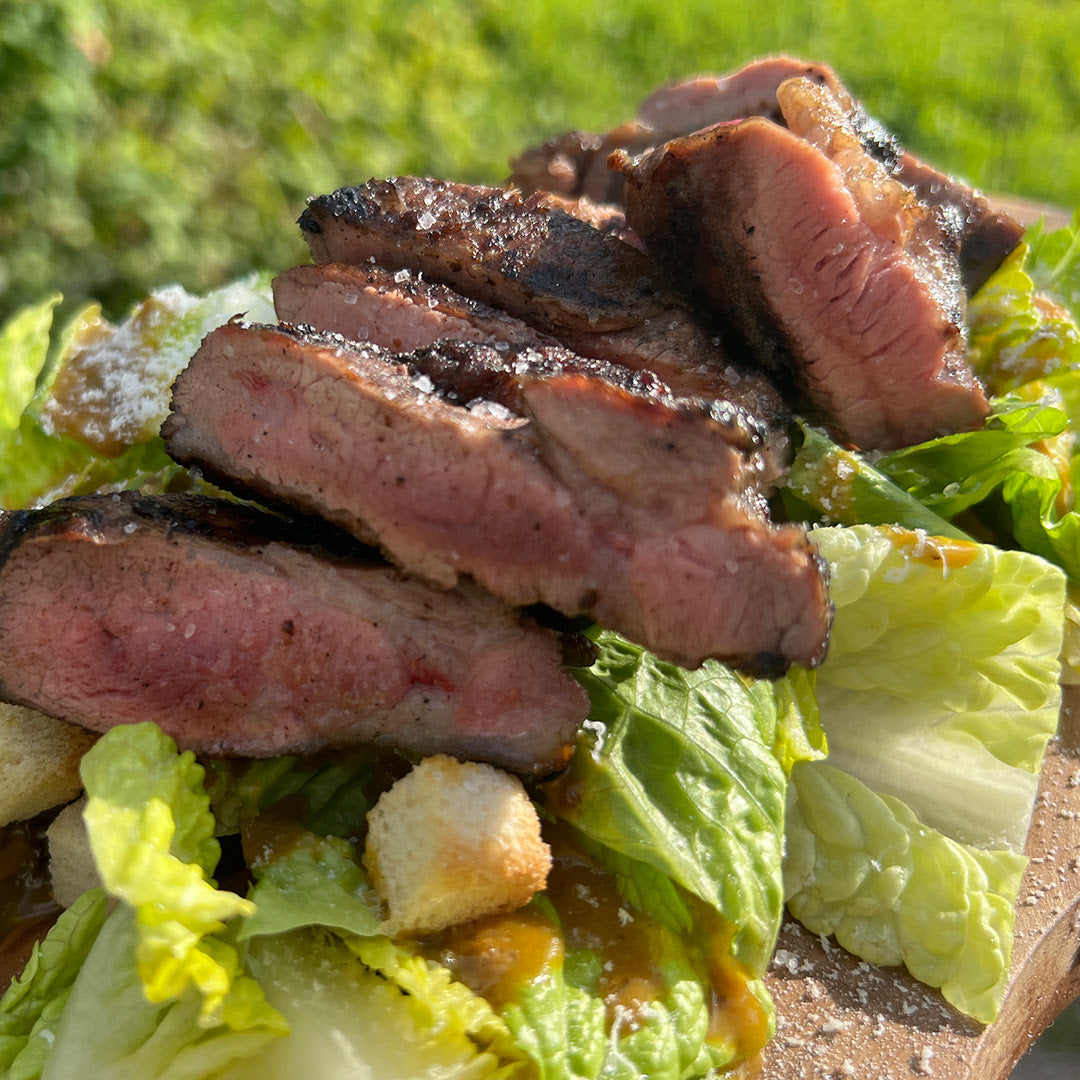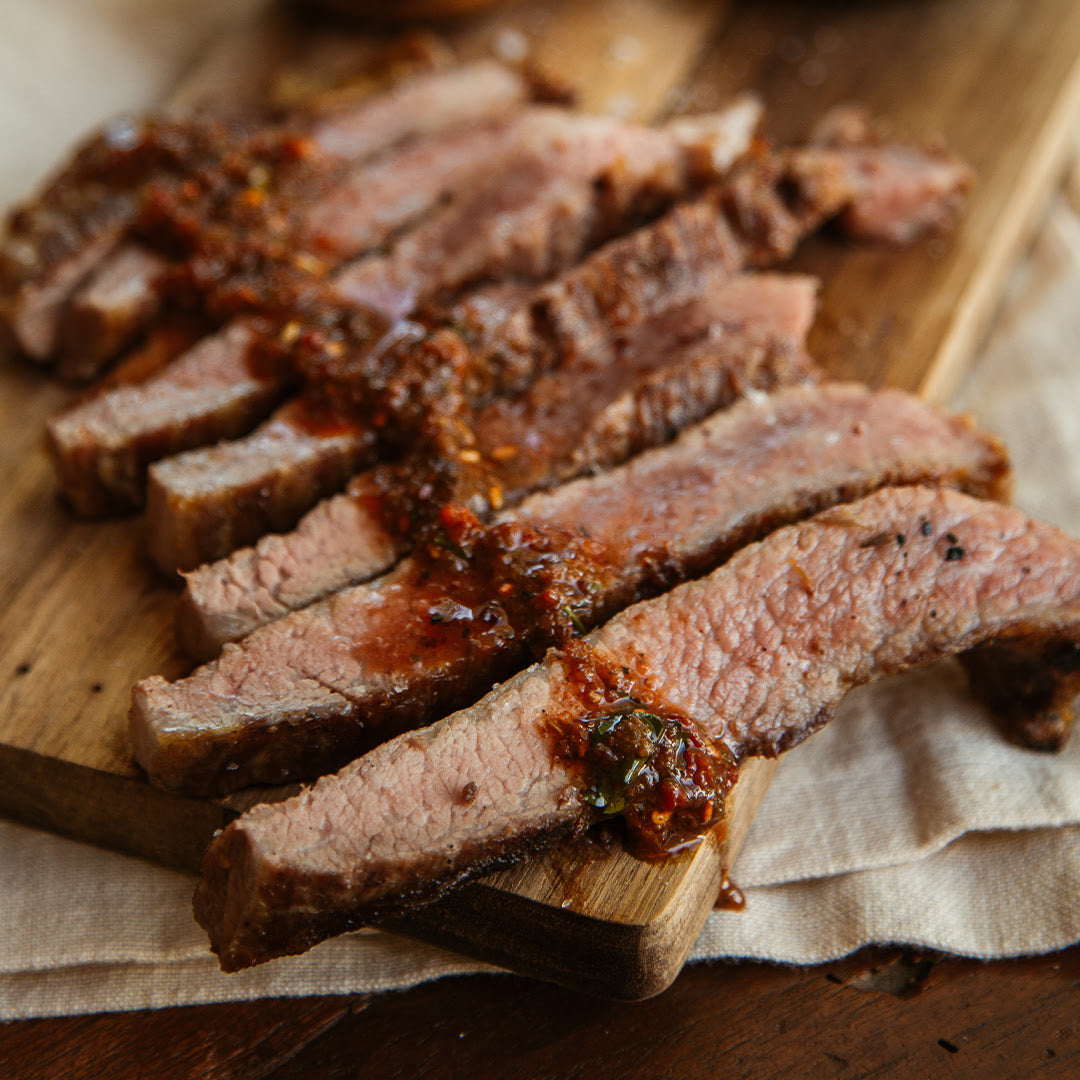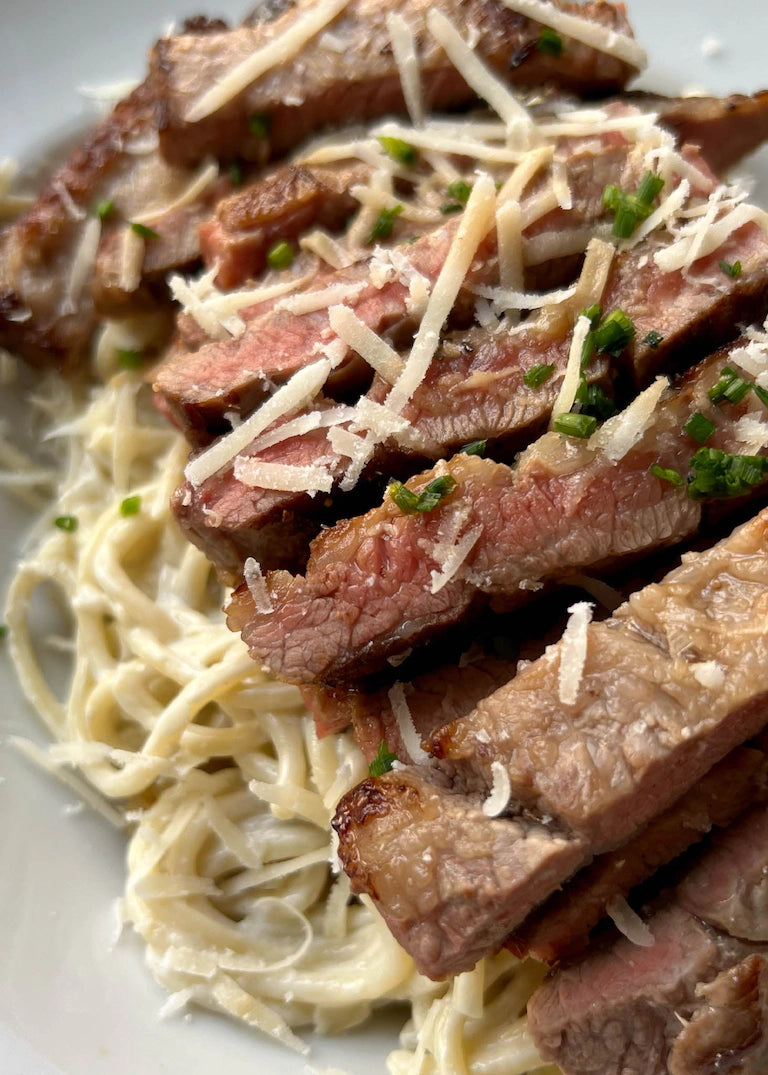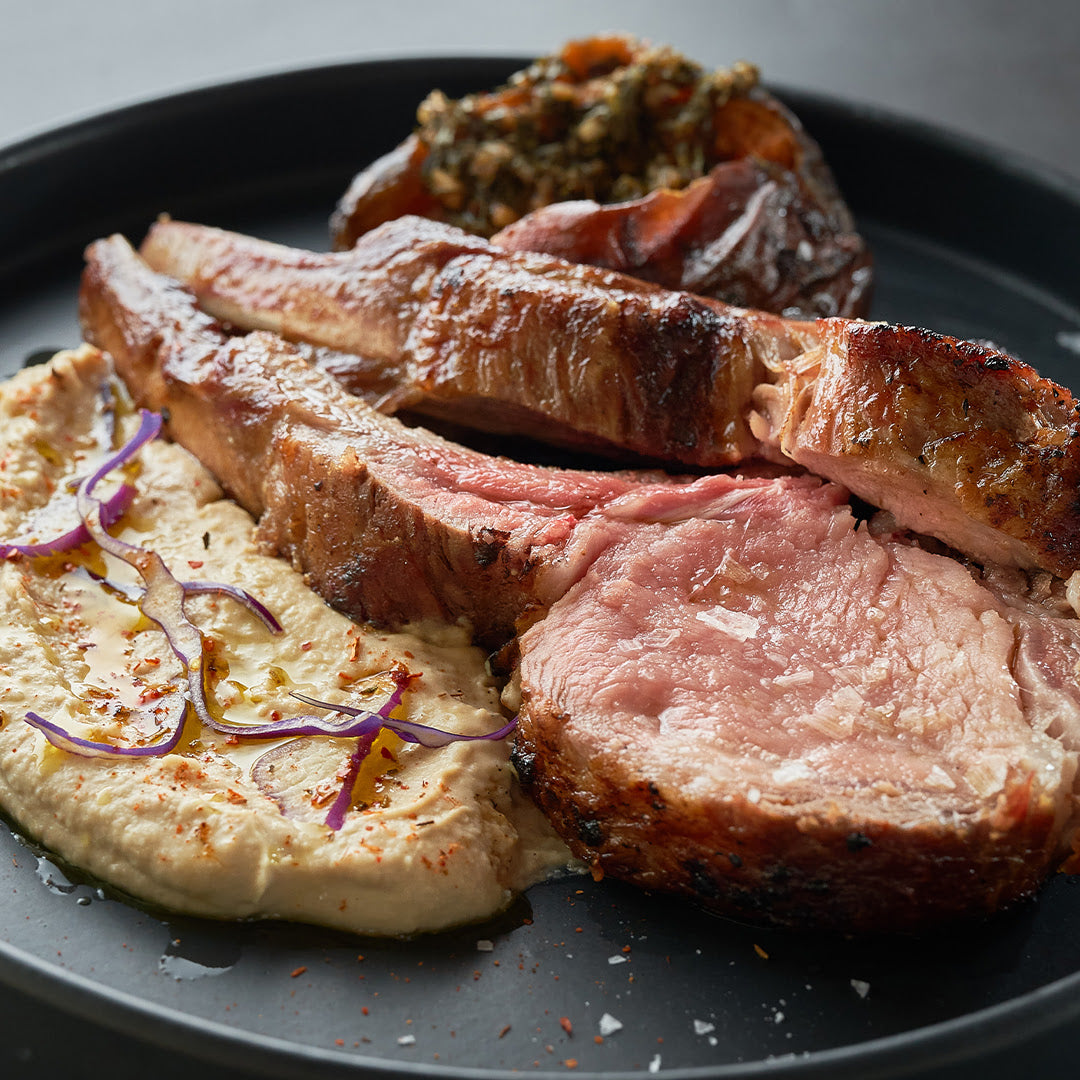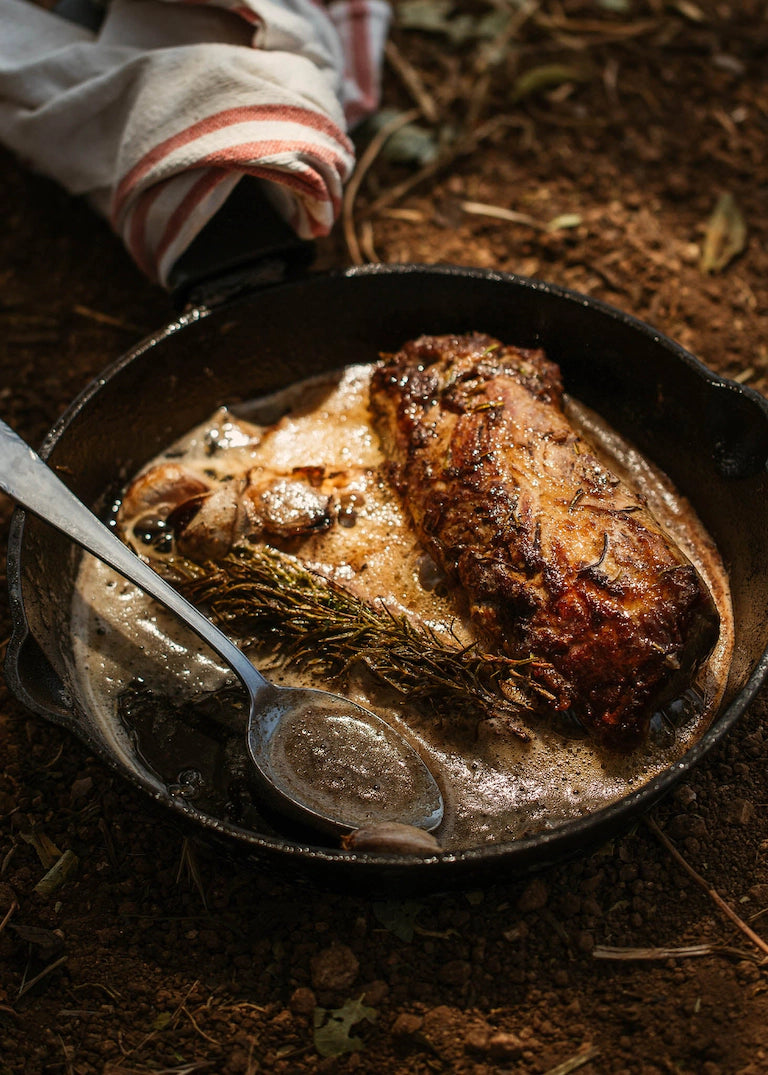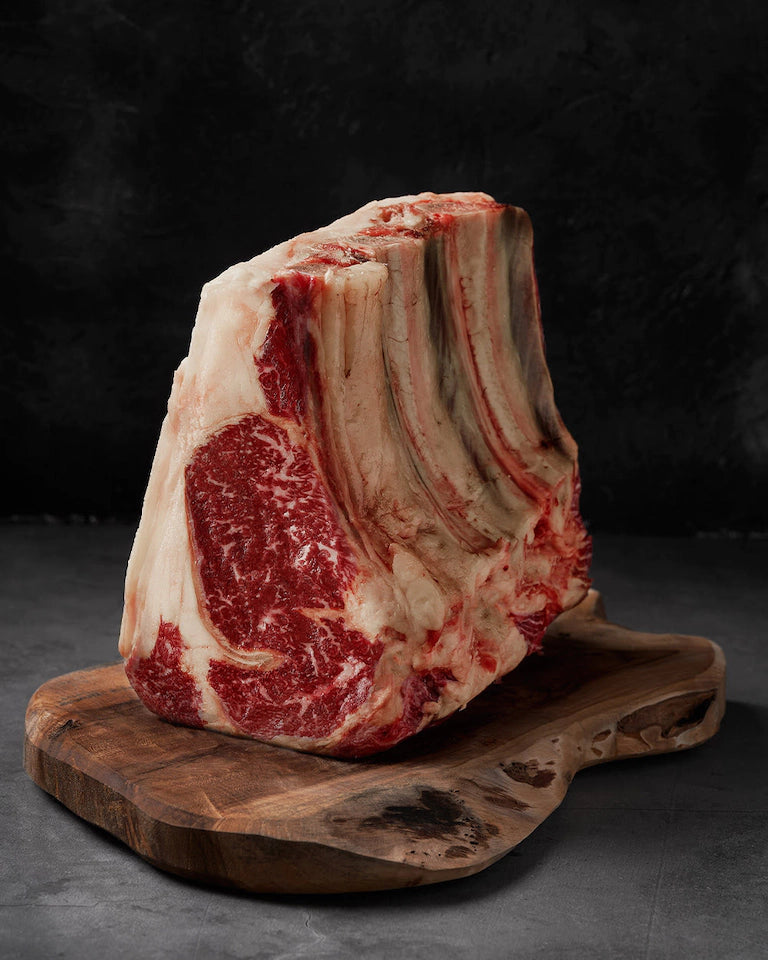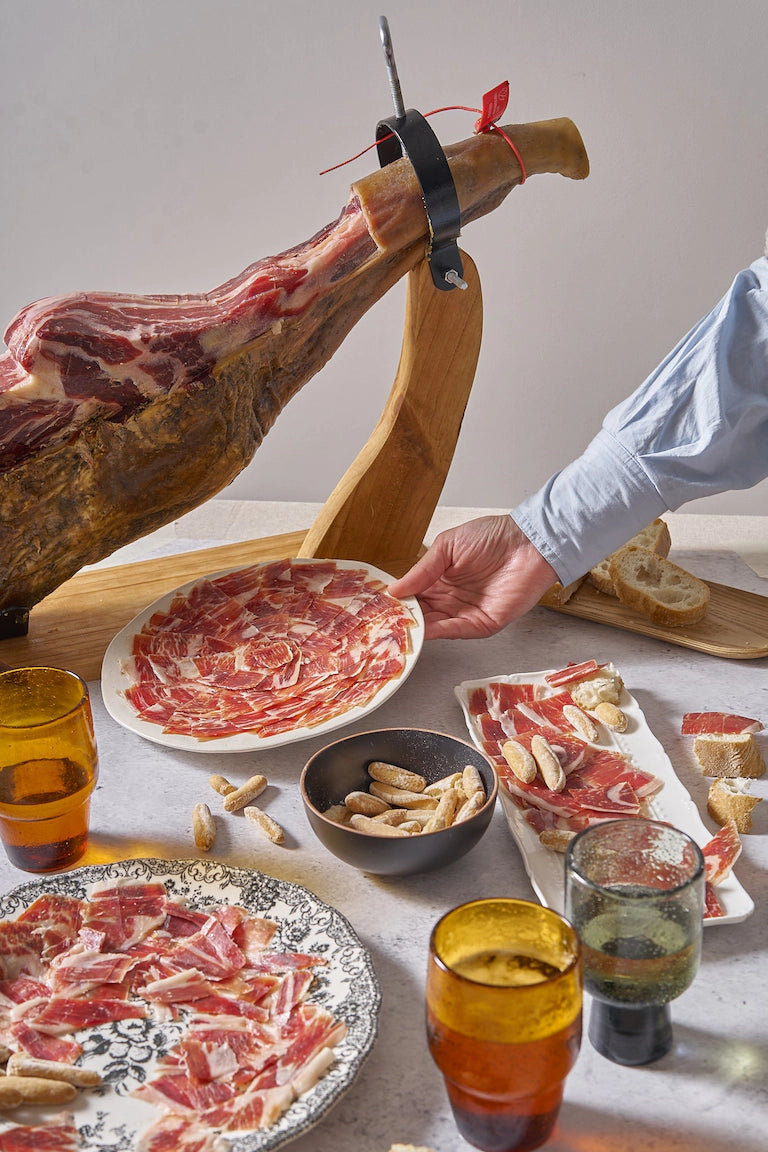
It’s hard to deny it, people love ribs. Whether it’s beef, or pork, or lamb, ribs are a common staple in many different cultures and styles of cooking. From backyard BBQ’s to high end steak houses, you’ll always be able to find a good serving of ribs.
However, not all ribs were created equal, and different types of ribs do different things and have pros and cons to their use.
What is Considered a Rack of Ribs?
A rack of ribs will have a minimum of 8 ribs, but can also include up to 13 depending on the butcher and how it was prepared. Butchers will call it a “cheater rack” if it contains less than 10 ribs.
In general, a rack of ribs is 10-13 ribs in a full pork rack, 9 in a full beef rack, and 7 or 8 in a lamb rack.
What is the Difference Between a Rack and a Slab of Ribs?
The word “Rack” can sometimes be used to refer to a portion of ribs, but the general consensus is that there’s no difference between a “slab” or a “rack” of ribs. Both terms refer to a whole section of ribs cut from one side. This is true for pork and beef, but lamb has a different definition of “rack” vs “slab”.
Some people may refer to untrimmed ribs as a “slab” and reserve the term “rack” for ribs that have been trimmed and had the cartilage and some of the fat removed.
Styles Of Ribs
There are several types and styles of ribs, and which one you choose depends on how many people you’re feeding and how you plan to cook them.
Pork Ribs VS Beef Ribs
Pork Ribs
Pork ribs are by far the most popular option amongst rib lovers. The ribs from a domesticated pig are tender and flavorful, thick and generously marbled with fat. The style typically chosen for a backyard BBQ are the back or side ribs.
Country-Style Ribs - These actually aren’t ribs, technically. This cut is taken from the uppermost part of the loin, and they’re sort of a cross between a loin and a rib. They’re the meatiest of the ribs, but the meat is sandwiched between two thick layers of fat and they don't have the same marbling as other types of ribs.
Side Or Spare Ribs - These ribs are taken from the belly side of the ribcage. It’s found between the back ribs and near the breastbone. Side ribs tend to be flatter, with more bone than meat. The perk with these ribs is the high-fat content. This makes them more tender and flavorful than the back ribs.
Baby Back Ribs - These ribs are cut from the top of the ribcage, right between the spine and the spare ribs, right below the loin. There’s a lot of bone here, with meat between each rib and covering the surface of the rack. Compared to the other types of ribs, these are shorter in length. A full rack of baby back ribs will be 13, with half racks at 6-7. They’re meaty and tender and usually run the highest price-wise.
Beef Ribs
Beef ribs may not be as popular as pork ribs, but they can’t be discounted. They’re heavily marbled with fat and rich in beefy flavor. They require more careful preparation and cooking than pork ribs because they can become tough and chewy when improperly handled. Not all beef ribs are equal, and the preparation you do depends on the type you buy.
Back Ribs - The back ribs are taken from the cow’s loin. Each slab, or rack, of ribs has 5 or 6 ribs, with the beef between the bones. The back ribs are perfect for braising. The marrow in the bones absorbs into the liquid, which infuses the beef with even more flavor. The longer they’re braised the bigger the flavor buildup. They can also be smoked for a delicious backyard BBQ option. The key is a long and slow cook.
Short Ribs - Short ribs are taken from the lower end of the ribcage, known as the plate or “chuck”. The beef here sits on top of the bones. Because of their makeup they don’t do well with being grilled, and instead benefit from a long and slow cooking process like braising.
Korean Style Ribs - Korean-style ribs aren’t a different section of rib, but a different preparation. Short ribs are taken and sliced into thin strips across the bone. They’re marinated and grilled, or even braised for that long slow cook that makes the flavor really shine.
Final Thoughts
Regardless of the type of rib you get, whether it’s pork or beef, baby back or short rib, there’s a lot you can do with them. The differences in the style of ribs is obvious even at a glance, especially when you’re comparing beef to pork. Beef just looks different, with the vibrant red and succulent marbling - but it’s bigger too.
Ultimately it doesn’t matter which you choose, they’re all delicious in their own ways and it all comes down to personal preference.
